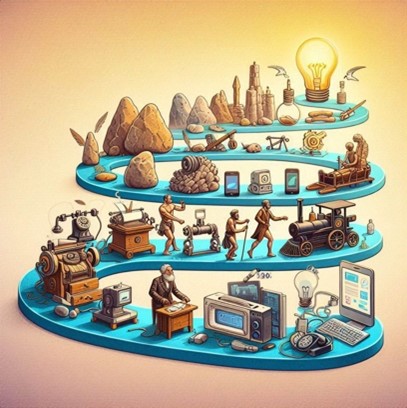Anthropology of Technology and the Impact on Human Health
09/23/2024

- Center for Disease Control. (2024). Benefits of Physical Activity. Retrieved from: https://www.cdc.gov/physical-activity-basics/benefits/index.html
- Human Physical Fitness and Activity: An Evolutionary and Life History Perspective (Human Behavior, Biology and Evolution) 1st ed. 2016 Edition, Ann E. Caldwell. You are welcome to purchase this book from any vendor of your choice.
